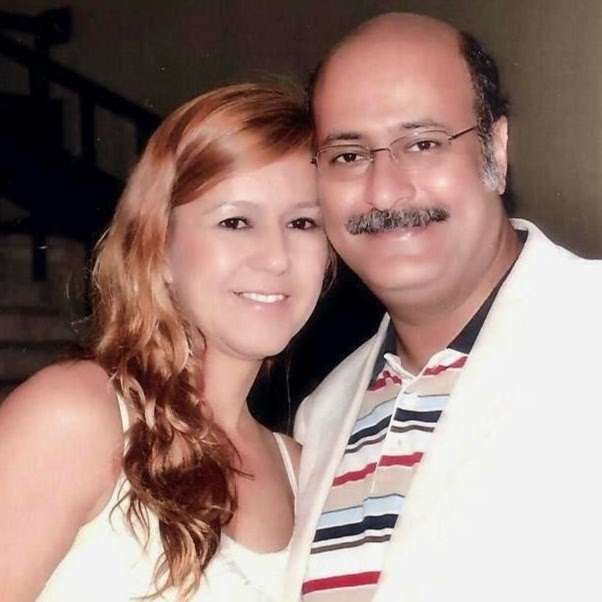by Sherif M. Awad
Blade Runner is a 1982 science fiction film directed by Ridley Scott, based on the novel Do Androids Dream of Electric Sheep? by Philip K. Dick. The film depicts a dystopian future Los Angeles, where synthetic humans known as replicants are hunted down by special police agents called blade runners. The film is widely regarded as a masterpiece of the genre, and has influenced many other works of science fiction and cyberpunk.
Similarities
The film and the novel share some common themes and elements, such as:
- The question of what makes a human being, and whether replicants have emotions, memories, and souls.
- The contrast between the high-tech but decaying urban environment and the natural but scarce rural landscape.
- The role of animals as symbols of status, empathy, and life in a world where most of them are extinct or artificial.
- The use of religion and philosophy as sources of meaning and guidance for both humans and replicants, such as Mercerism, Buddhism, and Christianity.
- The presence of a powerful corporation that creates and controls the replicants, the Tyrell Corporation.
- The plot involving a blade runner named Rick Deckard who is assigned to retire four rogue replicants who have escaped from an off-world colony and returned to Earth.
- The character of Rachael, a replicant who works for Tyrell and who does not know her true nature until Deckard tells her.
- The character of Roy Batty, the leader of the replicants, who is intelligent, charismatic, and violent, and who seeks to meet his creator and extend his lifespan.
Differences
The film and the novel also have some significant differences, such as:
- The film focuses more on the visual aspects of the setting and the action sequences, while the novel explores more the psychological and moral aspects of the characters and the situations.
- The film simplifies some of the concepts and details of the novel, such as the Voight-Kampff test, the Nexus-6 model, the empathy box, and the mood organ.
- The film changes some of the names and characteristics of the characters, such as Deckard’s wife Iran, his colleague Dave Holden, his boss Harry Bryant, and the replicant Pris Stratton.
- The film adds some characters that are not in the novel, such as Gaff, J.F. Sebastian, Zhora Salome, Leon Kowalski, and Eldon Tyrell.
- The film omits some characters that are in the novel, such as John Isidore, Buster Friendly, Phil Resch, Luba Luft, Garland, and Mercer.
- The film alters some of the events and outcomes of the novel, such as Deckard’s relationship with Rachael, Roy’s confrontation with Tyrell, Deckard’s encounter with Mercer, and Deckard’s fate at the end.
Conclusion
Blade Runner is a film that adapts some of the main ideas and elements of Do Androids Dream of Electric Sheep?, but also creates its own vision and interpretation of the story. Both works are considered classics of science fiction literature and cinema, and have inspired many fans and creators alike. They offer different perspectives on the same themes and questions that are relevant to our own society and future.

